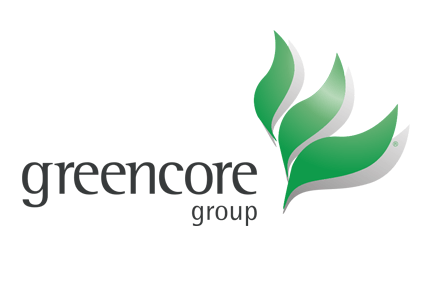
Prioritising its food-to-go operations in the UK and the US has led Greencore to report higher annual sales and earnings. And the Ireland-based private-label supplier is looking to further build that side of its business in the year ahead.
Greencore, which makes convenience products from sandwiches to sushi, posted some strong numbers from food-to-go when it announced its full-year results today (24 November).

Discover B2B Marketing That Performs
Combine business intelligence and editorial excellence to reach engaged professionals across 36 leading media platforms.
Like-for-like revenues from Greencore’s UK and US food-to-go businesses rose 10.4% in the year to 25 September, a performance the company said was “well ahead of the level of market growth”.
On a reported basis, in the UK, food-to-go sales jumped 45%. CFO Alan Williams said Greencore had secured listings with a new customer in the country. In the US, sales grew 15%, thanks to the uptake of new products from “a key customer”, Williams noted.
Greencore has strategically sought to build its exposure to growing food-to-go categories in the UK and the US in recent years. The company, which also makes prepared meals, sauces, pickles and Yorkshire puddings, now generates 40% of its total revenue from its UK food-to-go business.
It would appear Greencore’s strategy is paying off and CEO Patrick Coveney said the prospects for the business in 2016 and beyond “look good”.

US Tariffs are shifting - will you react or anticipate?
Don’t let policy changes catch you off guard. Stay proactive with real-time data and expert analysis.
By GlobalData“Our business is focused on what we call convenience foods and within that we’ve prioritised food to go – that strategy is a bet on the long-term structural attractiveness and growth characteristics of the food-to-go market. In consumer terms it’s facilitated by us building leadership in the product segment that serves those consumer segments in the two geographies in which we operate and is enabled by a very strong and deepening set of long-term relationships with key customers. That strategy has worked well over 2015,” he added.
In the last 18 months, Greencore has upped its capital expenditure to increase capacity in both markets and the group is planning for more investment.
In the UK, on the back of winning business with a new customer, Greencore is setting aside a GBP12m for another manufacturing unit at its Northampton campus. The unit will start production in the second quarter of 2017. “This unit will bring new, technically distinct, food-to-go competencies and products to our campus,” Greencore said.
Jefferies analyst Martin Deboo said the move meant he would increase his estimates for Greencore’s sales and earnings for two years’ time. “Along with better-than-expected momentum in sandwich volumes out of Northampton, this upgrades our FY17 sales and profit forecasts. The impact is neutral in FY16 due to the offsetting influence of rephasing of existing business for the same customer,” Deboo wrote in a note to clients.
In the US, the group completed a plant in Rhode Island in March this year, which took over the production of plants in Newburyport and Brockton that were closed. Greencore admitted the closures and material waste did result in a “modest operating loss” from its US food-to-go business during the year. Greencore said it expected to bring the US business up to group average operating margins “in due course”. It has signalled its optimism in its US business by starting the construction of a plant in Seattle, a facility due to come online in 2016.
Deboo, who expected the US business to make an operating loss, said Greencore’s comments on that side of the Atlantic were “reassuring”, adding: “Ordering patterns out of Jacksonville have stabilised and shipments are in line with plan. The new Rhode Island facility is up and running but Greencore have seen higher than expected staff turnover given a tight local labour market and difficult working conditions. We understand that Greencore have fine-tuned their wage rates, which should be recoverable under customer contracts.”
Greencore is increasing focus on securing space in smaller stores in the US. When asked how important this type of retailer when looking at the food-to-go category, Coveney said: “Very important – more important today than even a year ago. If you look at the format development work – we get to see a lot of future format strategy in terms of the layout of stores – they are giving a greater focus to the food to go range. If you ask them to describe the mission of smaller store formats, they’d say these aren’t mini-supermarkets, they are food to go outlets, and that’s how they are being configured.”
In the UK, Coveney was careful to address some of the industry concerns surrounding the grocery market in recent years – including a change in shopper habits.
“I’m very conscious many commentators in our industry are fixated right now on the level and change and challenge in the UK grocery market and the implications that’s had on the leadership, business model and for the way of considering supply chain. The danger of that is you can lose sight of some of the structural, positive long term trends that underpin portions of the market in which we operate – namely convenience foods.”
Greencore, he believes, is well positioned to take advantage of some of these “specific trends” including a continued demand from consumers for more convenient foods; a continued investment in space from retailers for food to go; and a focus on health and freshness from consumers.
“A business like ours that prioritises local sourcing, fresh ingredients, local supply chains and is able to be very transparent in terms of portion control and nutritional info, is very well set up to survive and prosper,” he asserted. “While the outlook for the UK grocery retail market remains uncertain, we are well positioned to deliver further progress in FY16 and beyond.”




